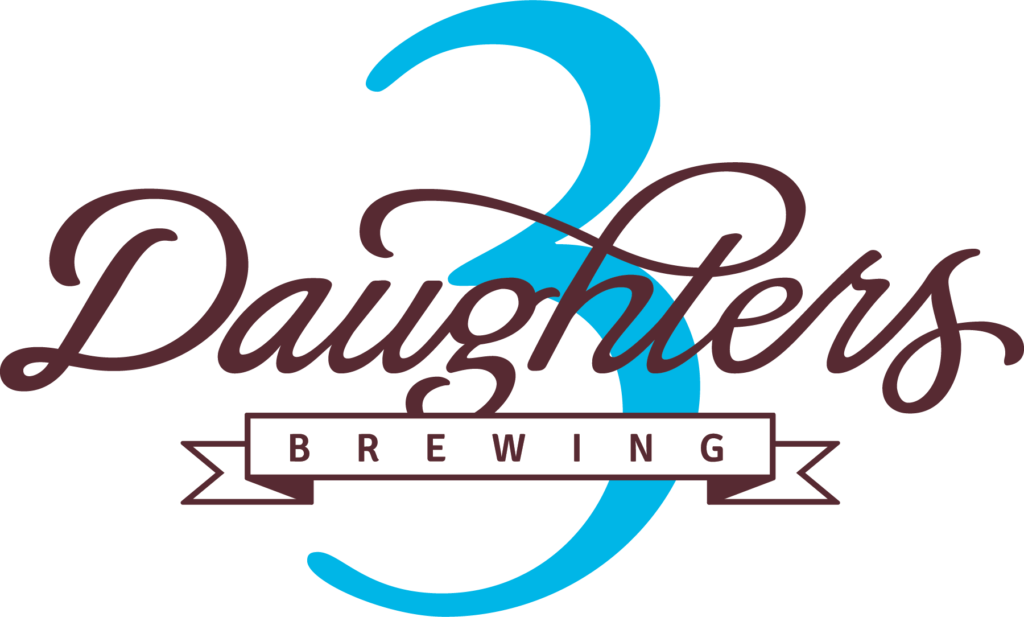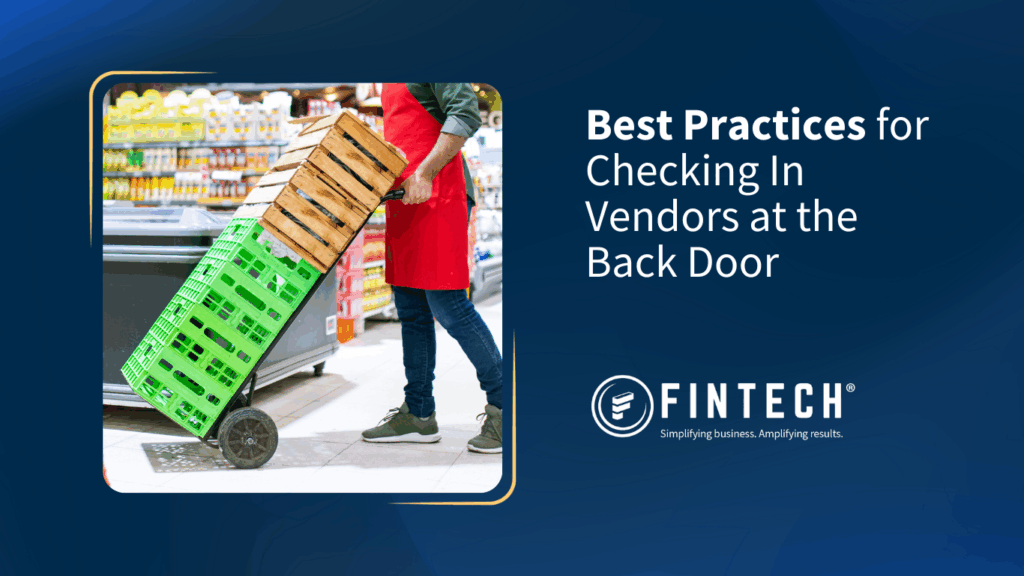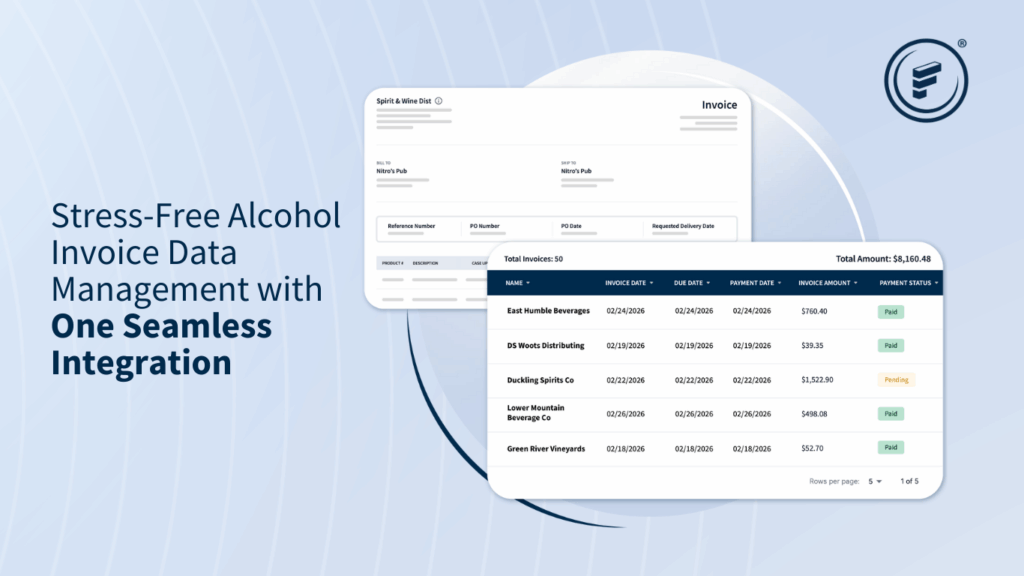3 Daughters Brewing started with owner Mike Harting and Head Brewer Ty Weaver trying their hand at developing a craft beer battered fish recipe for their restaurant with their own hand-crafted brews. They put the beer on tap and watched it outperform all other beers in their inventory. From there, they went out seeking a more advanced brewing system and came home with an industrial-sized 30-barrel brewhouse.
Owner Leigh Harting asked her husband how many beers it would take to put their 3 daughters through college, and thus the independent brewery was born.
3 Daughters Brewing opened its doors in St. Petersburg in 2013. Since then, it has become one of the largest independent breweries in the state.
We sat down with Leigh to discuss the business, its approach to brewing, and how Fintech simplifies its alcohol management.
Can you tell us a bit more about how 3 Daughters Brewing started?
When we started, we were in the restaurant business. My husband and our head brewer started a 3-pot system at a restaurant to brew their own recipe. That beer started competing with some of the big brands on tap, so they went out to California to buy a new system. They came home with a 30-barrel system, and we moved into the brewing industry.
There were a lot of growing pains for us, as this was a new industry. When the original brewhouse came in, we didn’t know how to turn it on. When we bought cans, they didn’t come with lids. So, there were a lot of things for us to discover.
The great part about that is there are no constraints – you can make it up as you go along. The hard part is there is no roadmap to follow. There were a few other smaller breweries in the area at the time, but it was still unchartered territory.
We started canning during our first year, which ended up doubling our business. We do cans and kegs for both on and off-premise channels. We landed Disney at a trade show when one of our sales team approached them. They are currently our biggest client, and we have also now done international placements.”
What is your brewing process?
We brew on a 30-barrel system, which does about 1,000 gallons every time we brew. This takes about 4-5 hours. We pour the grain into the pot and fill the tank with water and boil it to pull the sugars out. We then move to the whirlpool to get all the husks out. It goes through a heat exchanger to lower the temperature and then is funneled into other containers.
We put the yeast into our other containers here, and that eats up all the sugar that we pulled out from the grain and puts off CO2 to make alcohol. We off gas all the CO2 and then it continues to condition for about two weeks. We will pull out the beer when it is ready, which is a technical process and depends on the recipe.
After the mixture has conditioned properly, we put it in our black tanks that have carbonation stones in them. This allows us to carbonate the beer like you would a fish tank. From there, it is cold, ready to keg, and then be sold.
How do your brewers come up with new recipes?
All of our brewers are from the industry, and we trust them and their knowledge. They pretty much have free reign and are tuned into what is popular. They’ll tinker with different ingredients and try ambitious mixtures. These are the beers which we serve in out tasting rooms, we then look at what is most popular in the tasting rooms and combine that with market trends to decide what beers to put into distribution.
What about the canning process?
Our canning line is in the back of the property. All our tanks in the canning area are locally made. There is an elevator at the back of the assembly line that transports the cans to the start of the process. In the first stage, the cans are dated and rinsed with sanitizer. The first set of prongs fill the can with CO2 (because it won’t touch oxygen until you pop the tab), the second set fills the cans with beer, and then the lid is placed. Once lidded, the cans have a seam put on and then are re-sanitized.
How many beers do you have?
Oh, so many! We have a rotation of beers on tap in the brewhouse. Some staples like Beach Blonde, Circle Hook Hazy IPA, and Florida Orange IPA are always on the menu. We like to rotate in our other beers from time to time. I believe on our website we’re up to 105 different recipes in our beer history.
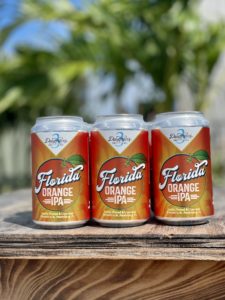
You mentioned something about brewing recipes for other companies. Can you tell us about that?
The situation depends. In some cases, companies will come to us with a recipe for something they need brewed or they may simply just come up with inspiration for a particular flavor. In those cases, we help them put together the recipe, design the label, get the label, and then they get to use our cans.
Do you have any food at 3 Daughters?
Yes! I know one day we will build a kitchen, but for now, we bought a food truck. Everything is prepped fresh in the back and then served out of the food truck. Our menu includes shareable items like pretzels and nachos, bowls and salads, tacos, pressed sandwiches, and burgers.
You received some national exposure for your work producing hand sanitizer during COVID. Can you talk about that?
We partnered with someone from Bank of America and Jabil to start producing hand sanitizer. The story received some national media attention. We ended up giving out about 10,000 containers through it all. What is funny is that when we started making it, Johns Hopkins came to us saying they needed some. Unfortunately, we didn’t have any containers for the sanitizer. Johns Hopkins came to the rescue with urine specimen containers, which is what the first batch of sanitizers went out in.
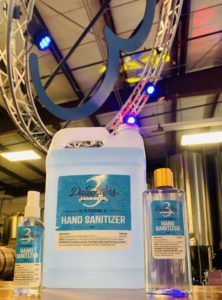
3 Daughters has been very involved in the community. Why is that? What other projects do you have?
We have always believed in giving back. We have multiple ongoing charity and community involvement projects and are always looking for ways to use our brand to help.
It is tradition to have a flag in your brewhouse. Next to our American flag, we have a Navy Seal Foundation flag. Every year we do the Frog Man Swim and we brew our special Frog Grog beer, of which all the proceeds go directly to the gold star families of the fallen soldiers.
One more community project we do involves our leftover grains. We have had leftover grain tested and it has been shown to have enough protein to feed cattle. There is a large tank that holds about 120,000 pounds of grain. We brew with it and then once we are done, we pipe it to another tank that farmers can back their tractor trailer up to it and we will dump the grain in. All proceeds from these sales are donated to the St. Pete Food Bank.
Have you always envisioned this as an on-prem establishment? You often have live music and events. What is the thought process behind all that?
We never thought of that potential as we were opening, but we have always wanted to be involved in this community. We love to have our customers enjoy our products onsite, but one thing that is important to us is that we aren’t trying to take business away from our retailer partners. We are fortunate to have our products in bars and restaurants throughout this area, and we try to not pack our schedule with too many things as to not step in on any business.
Any plans for the future? Perhaps expanding outside of Florida?
We are in the middle of a growth phase where we’re opening up other locations. We now have our Clearwater location and an open location inside Clearwater Airport.
Our product is currently in Florida, and we want to keep it that way. We want to really represent in Florida and establish ourselves before considering expansion.
What is your most popular beer?
Lately, we’ve noticed people are really enjoying the higher ABV hazy IPAs. We thought the IPA market would be oversaturated, but people can’t get enough of it. Our Beach Blonde is what keeps the lights on. It has been our most successful over time and has been around since day one.
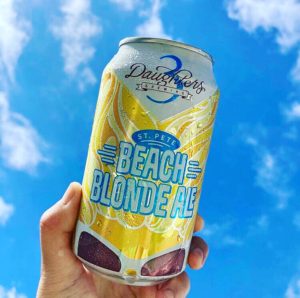
What alcohol trends have you noticed?
I’ve definitely been surprised at how younger people know so much more about craft beer than I ever did at that age. It is pretty amazing to see clients that are so excited and knowledgeable about the product.
The pilsners and lagers are safe options. But people want to test out their palettes and see if they can taste all the ingredients in a recipe.
How has Fintech helped with alcohol management in your business?
We mainly use Fintech on the retailer-facing side. If we are buying from a distributor to sell to retailers, we lean on Fintech for automated payment processing. It saves us time and energy with handling the payment side ourselves. I think Fintech is on the leading edge of the alcohol data intelligence tools. We are in a unique category in that we manufacture our own product, but Fintech has still proven useful for us.
You can’t mess around with your alcohol license and need to be compliant with all the different rules and regulations, so it is a relief to know that Fintech has the tools to pay all our invoices in accordance with those terms.
We thank Leigh Harting for sitting down with us to speak about 3 Daughters Brewing’s history, brewing process, and community projects. 3 Daughters has certainly established itself as one of the leading breweries in the state and have the facilities to back its ambition. Its staff’s commitment to creating quality beers and helping the surrounding community make 3 Daughters a unique business. Stop in and try one of the many different beers on tap!
You can follow 3 Daughters Brewing on Facebook, Twitter, and Instagram.
Visit the 3 Daughters Brewing website here.

